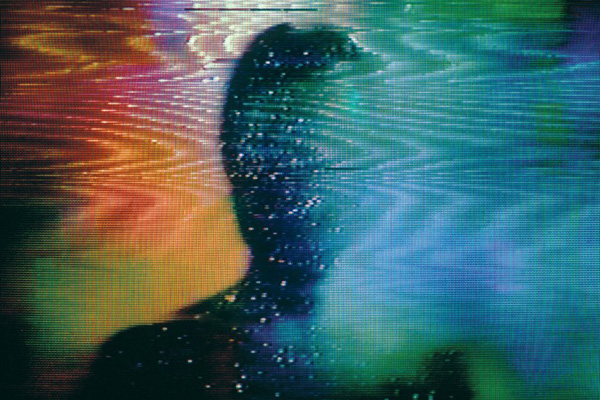How To Destroy Angels consists of Reznor, his wife Mariqueen Maandig, and Atticus Ross, with whom he collaborated on the acclaimed soundtracks to The Social Network and Girl With The Dragon Tattoo. Together they forge a glossy, often radio-friendly breed of post-industrial, overflowing with infectious trip-hop beats and tectonic bass tremors. If you’re curious as to what Welcome oblivion sounds like and are yet to discover this incredible thing called The Internet, just think of Nine Inch Nails, Mezzanine-era Massive Attack and SBTRKT having a really awesome baby.
Unlike most Reznor-related albums, Welcome oblivion starts off experimental and grows gradually poppier instead of vice versa. The first few tracks, such as the spluttering “Keep It Together” and the nightmarish “And the Sky Began to Scream,” are the kind of moody soundscapes you might hear Reznor brewing to tense scenes of Lisbeth “Dragon Tattoo” Salander hacking a computer.
Fifth track “Ice Age” features some perfectly lovely vocals from Maandig, but they are juxtaposed with madness-inducing banjo plucks that make the song more ominous than seductive. It isn’t until “Too Late, All Gone” pulses to life that Welcome oblivion suddenly gets really, really alarmingly poppy for a while. Reznor and Maandig’s vocals go from chewed-up and chilling to soaring and harmonised, culminating in epic choruses you’d sooner expect from Phil Collins or Shania Twain. But by the time this aural cheese pours from the speakers you should already be invested enough in the album to forgive it, maybe even enough to enjoy it a little. Heck, if it’s really your thing (or you’ve had a bit to drink) you may just find yourself screaming along with them, head tilted skywards, pretending the lyrics actually mean anything (sample: “THE MORE WE CHAAAANGE, EVERYTHING STAYS THE SAAAAAAAME!”).
As you may be able to extrapolate, Welcome oblivion only really satisfies on a surface level. But as a relatively accessible specimen of a genre based entirely on sonics and textures, all it really needs to do is sound good. And it sounds, for the record, fucking gorgeous. Just listen to “The Wake-up,” “On The Wing,” or the orgasmic, dubstep-tinged title track to hear how succulent the beats and programming here are.
Considering how sonically and rhythmically ravishing it is, Welcome oblivion’s somewhat unfocused nature and intermittent tastelessness feel like trivial qualms. It is shameful listening, no doubt, but Welcome oblivion exists alongside Oasis and Britney Spears in the uppermost echelons of guilty pleasure. Get your hands on some decent headgear or speakers, crank the bass, and blast this bad boy.
4/5




